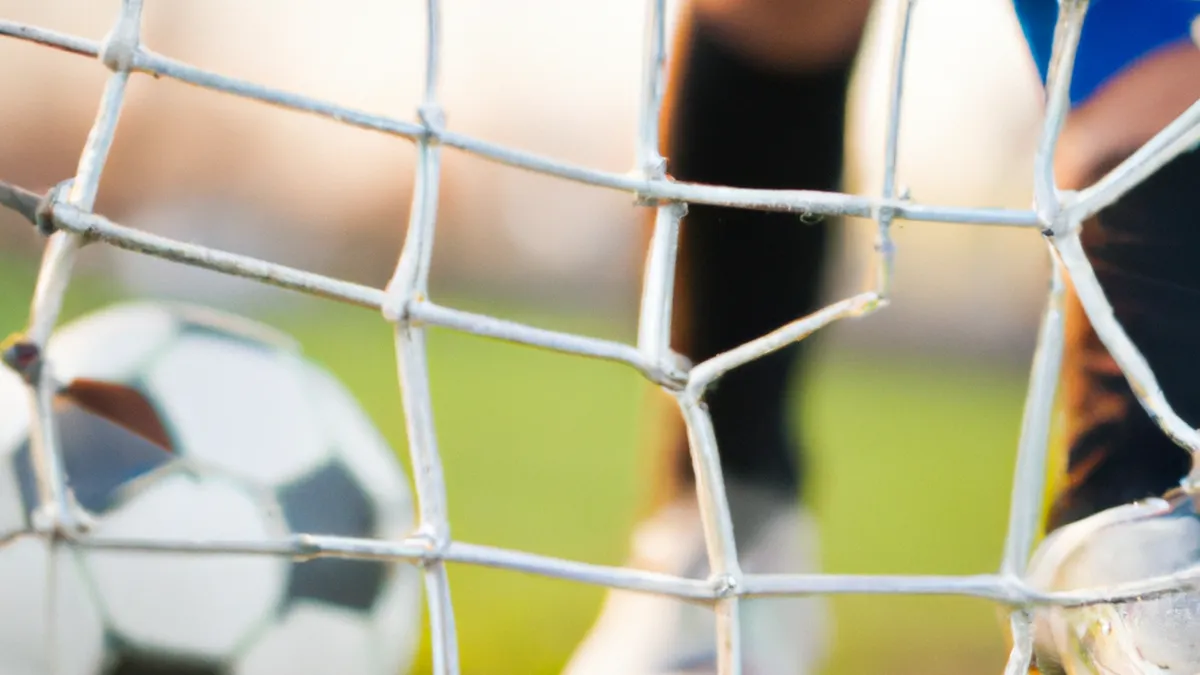Early Training: Keeping Youth Athletes Safe
Safe Training Practices for YouthTraining plays a crucial role in youth development. It offers physical benefits and promotes social interaction, teamwork, and personal growth. Ensure your child’s safety during any physical activity, including sports, dance, or martial arts. Implementing safe training practices helps young athletes build skills while enjoying their experiences free from injury. This blog explores practical tips for safe training, advice for coaches and parents, and the long-term benefits of prioritizing safety in youth athletics.
Tips for Safe Training
1. Start with a Warm-Up
A proper warm-up prepares the body for physical activity. It increases blood flow and improves flexibility, reducing injury risk. Encourage dynamic stretching and light aerobic exercises before training. Activities like jogging or jumping jacks activate muscles and joints, getting them ready for training.
2. Use Appropriate Equipment
Make sure your child uses suitable equipment that fits properly. Soccer players need shin guards, while runners require supportive footwear. Proper equipment enhances performance and protects against injuries. Ensure helmets and pads are in good condition and follow safety regulations.
3. Gradually Increase Intensity
Avoid pushing young athletes too hard, especially if they are new to a sport. Gradually increase training intensity to allow their bodies to adapt. Coaches and parents should monitor progress and adjust training plans based on individual capabilities. This approach prevents common overuse injuries among young athletes.
4. Encourage Hydration
Hydration is crucial during intense training sessions or hot days. Ensure youth drink water before, during, and after exercise. Dehydration can lead to serious health issues like heat exhaustion. Encourage athletes to listen to their bodies and take hydration breaks as needed. Incorporate water breaks into the training schedule to reinforce this habit.
5. Teach Proper Technique
Proper technique reduces injury risk. Teach young athletes the correct form for skills like kicking a soccer ball or performing a dance move. Coaches and parents should prioritize skill development, emphasizing technique rather than speed or competition. This foundational knowledge supports their progress in sports.
Advice for Coaches and Parents
As an Amazon Associate I earn from qualifying purchases.
Gear tip: consider shin guards, insulated water bottle, and electrolyte mix to support this topic.
1. Educate on Injury Prevention
Coaches and parents must educate youth about injury prevention. Teach them to listen to their bodies and recognize normal fatigue versus pain.
Conclusion
Prioritizing safety in youth training enhances performance and enjoyment. Implementing these practices fosters healthy development and reduces injury risks.
Below are related products based on this post:
FAQ
Why is warm-up important for youth training?
A proper warm-up prepares the body for physical activity by increasing blood flow and improving flexibility. This process reduces the risk of injury, helping young athletes engage in their training safely and effectively.
What type of equipment should youth athletes use?
Youth athletes should use suitable equipment that fits properly to enhance performance and protect against injuries. For example, soccer players need shin guards, while runners require supportive footwear, and all equipment should be well-maintained and comply with safety regulations.
How can coaches and parents help prevent injuries in young athletes?
Coaches and parents can help prevent injuries by educating youth on injury prevention and encouraging them to listen to their bodies. Monitoring training intensity and ensuring proper technique are also essential for reducing the risk of overuse injuries and promoting safe participation in sports.















Post Comment